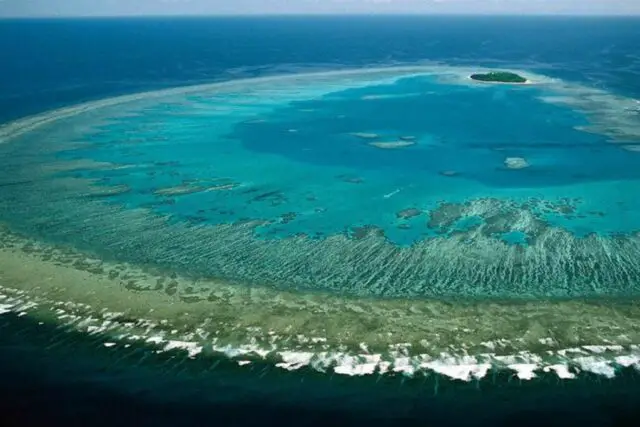The Australian Institute of Marine Science has reported a 36-year coral coverage high across the Great Barrier Reef for 2021/22. The greatest coverage increases were reported in the North and Central regions of the GBR, which is in direct contrast as they have also been the regions worst affected by coral bleaching via rising sea temperatures in recent years.
In the Southern region, monitoring found that coral coverage decreased slightly, but that was due to other pressures affecting coral, like Crown of Thorns starfish outbreaks. The coral genus most responsible for the increase was Acropora. The recovery is encouraging news as Acropora are also the genus most susceptible to bleaching in previous events. The Great Barrier Reef has experienced four bleaching events since 2016, but the AIMS report found that coral mortality was low during the last one.
How they survey the Great Barrier Reef
With reef surveys extending over 36 years, the AIMS Long-Term Monitoring Program (LTMP) provides a record of change by repeatedly surveying coral reef communities over a large area of the Great Barrier Reef. This annual summary is based on manta tow surveys of coral reefs, where divers are literally towed behind boats over 200-meter sections of the reef, for two minutes at a time. They record the percentage of hard coral cover, soft coral cover, bleached corals, Crown of Thorns starfish and important predators like Coral Trout and sharks.

Methodical surveying year after year builds up a picture of if coral is growing, receding, or bleaching and coverage is divided into percentage categories. A total of 87 reefs were surveyed from August 2021 to May 2022 (reported as ‘2022’). There are some 3000 reefs making up the GBR, but the LTMP provides a representative survey across the entire length and breadth of the reef. The survey was conducted over 120 days and included 3888 tows.
Recovery has continued on the majority of Northern GBR reefs following a period of cumulative disturbances from 2014 to 2020. Only three out of 26 reefs previously surveyed in the last two years had decreased hard coral cover. Region-wide hard coral cover continued to increase from the lowest levels recorded by the LTMP in 2017 of 13% to 36% in 2022. Much of the recovery occurred in the Cape Grenville and Princess Charlotte Bay sectors, which were severely impacted by the 2016 mass coral bleaching event.
“In periods free from intense acute disturbances, most GBR coral reefs demonstrate resilience through the ability to begin recovery,” the report summarizes in its key results. “However, the reefs of the GBR continue to be exposed to cumulative stressors. The prognosis for the future disturbance regime suggests increasing and longer-lasting marine heatwaves, as well as the ongoing risk of outbreaks of crown-of-thorns starfish and tropical cyclones. Therefore, while the observed recovery offers good news for the overall state of the GBR, there is increasing concern for its ability to maintain this state.”

